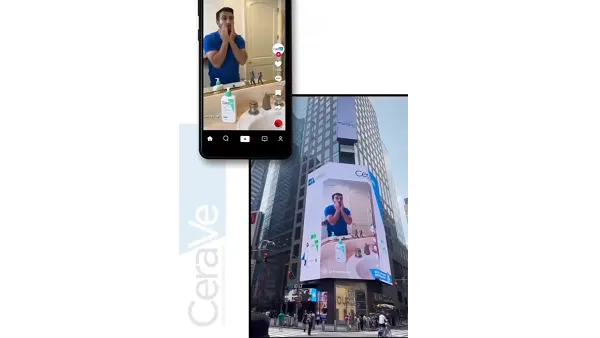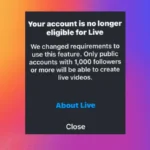TikTok Out of Phone brings platform content to physical spaces
TikTok is extending its digital reach into the physical world with the expansion of its Out of Phone initiative. This bold campaign transports TikTok content—both branded and user-generated—into high-traffic real-world locations, including shopping malls, taxi screens, gyms, airports, cafés, and even water refill stations. This strategic move introduces a fresh omnichannel opportunity for brands to engage consumers off their mobile devices.
Through partnerships with Westfield Malls, Curb, Rockbot, and Hope Hydration, TikTok is redefining how and where content lives. Videos that once existed only on users’ feeds now appear on large-format displays, interactive kiosks, and public screens, multiplying visibility and brand touchpoints.
From smartphones to screens everywhere: Why TikTok is going omnichannel
TikTok’s core strength lies in its engaging, short-form video content. With Out of Phone, it takes that strength beyond the confines of digital platforms. Brands now have the option to place TikTok campaigns on public screens in locations with massive foot traffic, enabling them to:
- Reach audiences beyond app usage
- Build brand awareness in unexpected places
- Amplify creator collaborations beyond the feed
- Merge online campaigns with real-world impressions
This marks a turning point where social content becomes not just digital entertainment, but a physical media asset.
How brands can benefit from Out of Phone promotions
Marketers can activate Out of Phone placements directly via TikTok Ads Manager. The tool allows brands to extend their digital campaigns to selected out-of-home (OOH) media partners.
Creators and advertisers can integrate these real-world extensions as part of Branded Mission campaigns, allowing user-generated content (UGC) to appear not only on feeds but also in:
- Shopping malls via Westfield’s digital signage
- Taxis through Curb’s ride-share screen network
- Gyms and cafés powered by Rockbot’s digital display infrastructure
- Hydration kiosks in urban spaces via Hope Hydration
This approach allows brand messages to show up during workouts, commutes, and shopping trips—moments when people are primed to notice and remember.
Case studies show early success
TikTok’s previous Out of Phone executions offer a clear blueprint for impact. For instance:
- Lionsgate used creator-generated clips from The Hunger Games: The Ballad of Songbirds & Snakes on a Times Square billboard, combining virality with iconic real-world exposure.
- CeraVe’s #CleanseLikeADerm campaign used creator content and showcased it through outdoor digital billboards, elevating engagement and brand visibility.
These examples demonstrate how creators and marketers can scale campaigns across both digital and physical realms.
Out of Phone redefines creator influence
Creators are central to TikTok’s ecosystem, and the Out of Phone expansion offers them a tangible new reward: visibility beyond the app. By featuring creators’ content in malls, transportation hubs, or storefronts, TikTok is not only amplifying campaigns—it’s elevating the status and reach of the creator economy.
This visibility shift means creators can now look forward to multiplatform recognition, enabling partnerships that resonate offline, not just in-feed.
Strategic implications for marketers
Here’s why TikTok Out of Phone matters in a competitive media landscape:
- OOH media is evolving: Digital OOH is seeing a renaissance as cities grow smarter and displays more interactive. TikTok is merging that trend with the creator economy.
- Gen Z engagement is expanding: Younger consumers respond well to TikTok-style content—whether on phones or screens in gyms and public transport.
- Performance marketing meets brand building: Out of Phone allows marketers to blend short-term conversions with long-term brand recall.
What’s next for TikTok Out of Phone?
TikTok is expected to continue expanding its Out of Phone footprint across more partners, surfaces, and cities globally. Its aim is to become a full-spectrum media platform, where campaign value is measured not just in digital clicks but also in real-world impressions and interactions.
As physical and digital experiences converge, marketers should explore how TikTok’s immersive, video-first content can support broader omnichannel strategies.




